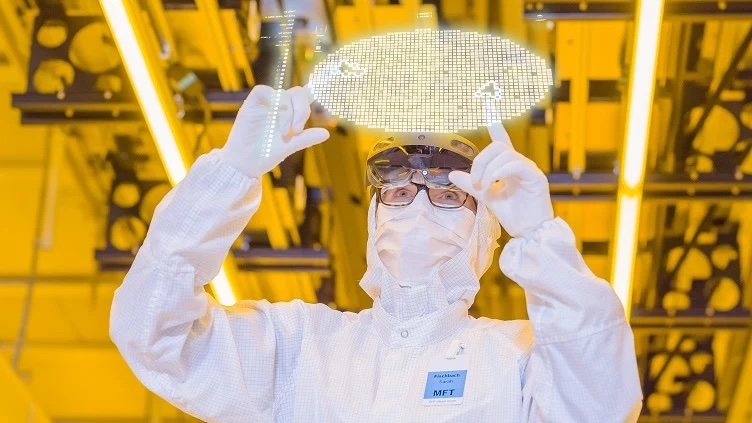National Innovation Systems (NIS) is a concept that refers to the flow of technology and information among people, enterprises, and institutions which is key to the innovative process on the national level. It includes interactions between a wide array of actors, including universities, public research institutions, firms, and government entities, to create, adapt, and adopt new technologies.
In the context of the electronics and semiconductor sector, NIS is particularly relevant due to the highly technical and rapidly evolving nature of these industries. Here is an illustration of how NIS could function in these sectors:
Research and Development (R&D): Universities and public research institutions often play a key role in basic research that drives advancements in semiconductor and electronics technologies. For example, research into new materials, production methods, or computing architectures can lead to significant performance improvements or cost reductions.

Private Sector Innovation: Companies in the semiconductor and electronics industries invest heavily in R&D to develop new products and improve existing ones. They may collaborate with universities or public research institutions, or they may conduct their own proprietary research.

Government Policies and Support: Governments play a key role in shaping the NIS through policies and support mechanisms. This could include funding for academic research, tax incentives for corporate R&D, or regulations that encourage innovation. For instance, the U.S. government’s Defense Advanced Research Projects Agency (DARPA) has funded significant research in semiconductors.
Collaboration and Information Flow: Collaboration and information flow between different actors is crucial to the functioning of the NIS. This could include collaboration on research projects, sharing of research findings through academic publications or patents, or the movement of personnel between academia and industry.
Commercialization and Diffusion: Once new technologies are developed, they need to be commercialized and diffused throughout the economy. This can involve manufacturing the new technology at scale, marketing it to customers, or incorporating it into other products.
Education and Skills Development: Universities and vocational training institutions play a crucial role in educating the highly skilled workforce needed in the semiconductor and electronics industries.
The concept of National Innovation Systems highlights the importance of a holistic and interconnected approach to driving technological innovation. In the electronics and semiconductor sectors, it’s a key factor in maintaining a competitive edge and driving the development of increasingly advanced technologies.











